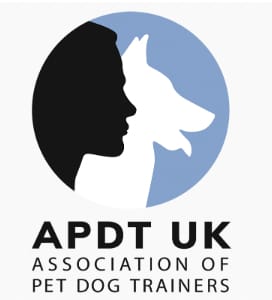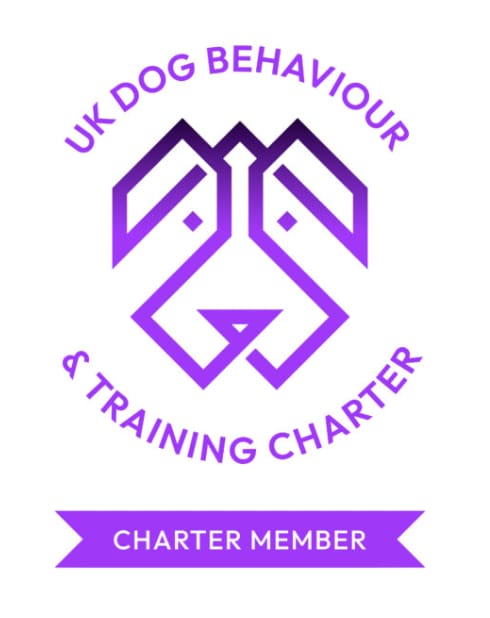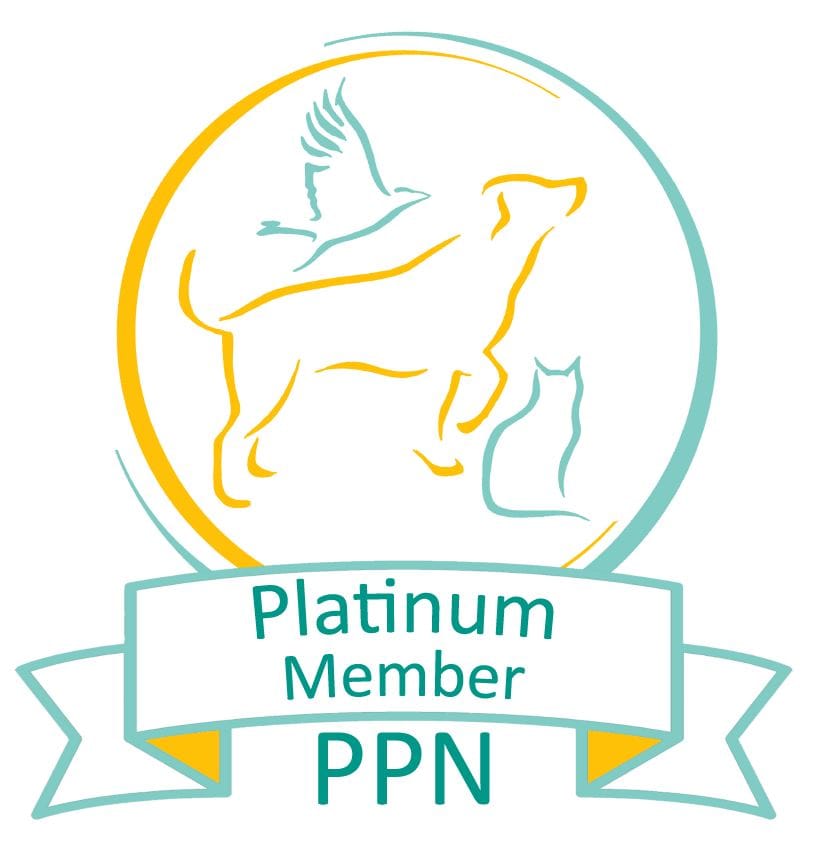Training Tips
Reward your dog when he is doing something you like
Dogs do not know what is acceptable or unacceptable behaviour, it is up to us as owners to teach them. Dogs that are rewarded for whatever it is they are doing at the time are more likely to repeat that behaviour in the future. For instance, giving a dog a treat when he is sitting will make him more likely to sit again. Always make sure you reward him with something he loves (food, a game with a toy, a scratch behind the ear). When you are teaching your dog a new command, ensure to reward him every time he gets it right.
Ignore any behaviour you do not want from your dog
To teach a dog what is unacceptable behaviour, ignore him when he does something you do not like. It is no use shouting at your dog or pushing them away as this is all still attention to your dog and they would rather that than be ignored. In the case of jumping up for instance, merely turn your back on your dog and ignore him until all four paws are back on the floor, when he can then be rewarded. Start doing this the moment you get your puppy/dog so he starts to learn the correct behaviour as soon as possible.
Be consistent with your commands
Do you ask your dog to go ‘down’ when you want him to lay down but then also use the word ‘down’ for when he is jumping up at people? If so, your dog is probably very confused and has no idea what ‘down’ actually means! Dogs do not come understanding English, therefore, to make it easier for them, make sure you use different words for different commands. And be consistent with them. If necessary, write them down so the whole family can learn which are the correct command words.
Timing of the rewards is very important
Dogs live in the present, so the timing of rewards is essential when trying to train a specific behaviour. If you reward them the moment they lay down, you are reinforcing that behaviour. If, however, the dog stands up by the time you have rewarded him, this is what has been reinforced, not the laying down.
Build up distractions slowly when training
Always start in a quiet place when teaching your dog something new. In the same way that we do not start learning to drive on a motorway, do not take your dog to a busy park and expect him to learn something new, there are simply too many distractions! Once he has learned the command in the house, take him out into the garden and make sure he can do it out there, before moving him onto other places.
Keep training sessions short and sweet
Both you and your dog should enjoy training, so rather than planning one long training session a day, take part in more, shorter sessions a day. Training provides mental stimulation for your dog, and the idea is to make it fun and enjoyable for your dog leaving him wanting more rather than him getting bored and wandering off. Different breeds will work for varying amounts of time, but puppies should only have around 5-10 minutes per training session. You can have more than one training session a day.
Never repeat a command
It sounds simple but it is a natural tendency for us to repeat ourselves over and over until the dog finally complies with what we are asking. Ensure you first have your dog’s attention by calling their name and giving the command just once. We want dogs to comply with the first command, rather than teaching them to ignore us the first four times we say ‘sit’ and to finally obey the fifth command.
Reward randomly once your dog knows what to do
If your dog knows to sit when you ask him, start to reward him randomly rather than every time. Think of it as a vending machine compared to a slot machine at a casino. With vending machines, you know you are going to get something out every time you put money in (reliable but not so fun), whereas with a slot machine, you never know when you are going to get a reward. This principle also works with dogs. If he is not rewarded every time for a command he knows, he will become more reliable.








